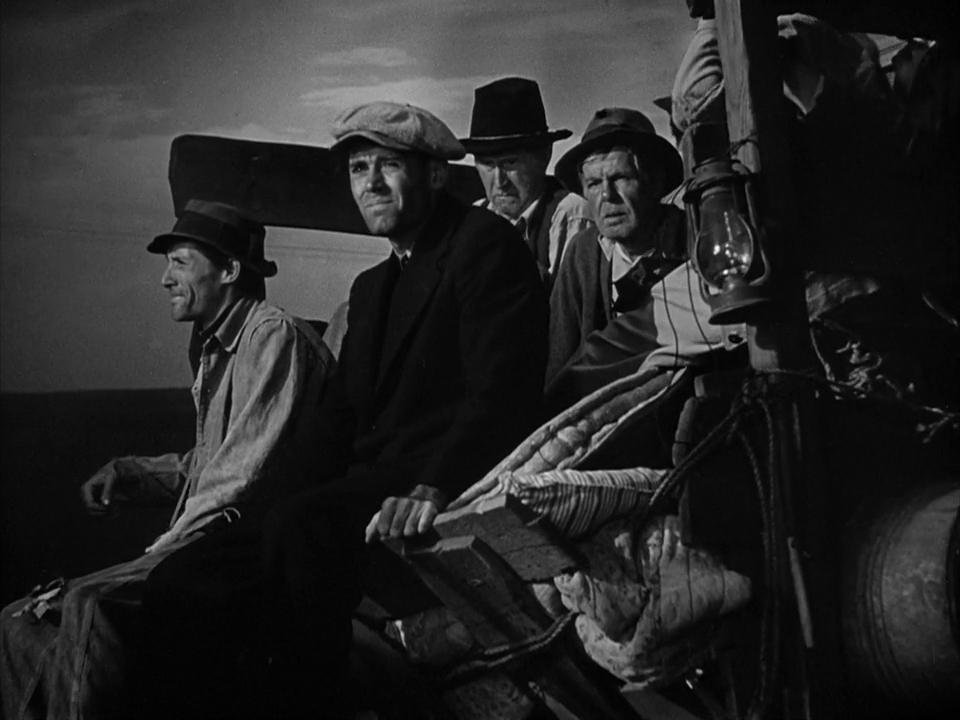Movies about common people fighting oppressors, nature, and poverty are as endearing in recent times as in 1940. “The Grapes of Wrath,” John Ford’s 1940 drama about the Dust Bowl, is considered one of the greatest of American films. “The River,” Mark Rydell’s 1984 drama that marked Mel Gibson’s American debut, strongly resembles it. Although released 44 years apart, these movies are remarkably similar.
“The Grapes of Wrath” follows the Joads, Oklahoma sharecroppers who lose their land after drought ruins their crops. Tom Joad (Henry Fonda) gets out of jail on parole and finds his family packing for California. He and his parents, grandparents, siblings, brother-in-law, uncle, and former minister Jim Casy (John Carradine) head west in a ramshackle jalopy, hoping for nonexistent jobs. The family must fight to survive and stay together.






